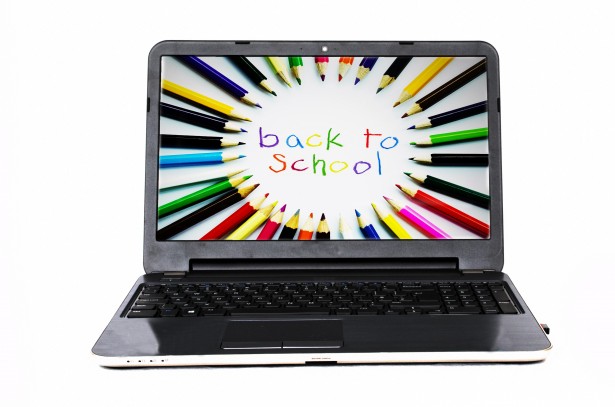Computer-Aided Learning in the Classroom
With the start of school for the autumn term and my children now tackling the challenges of year 2 and foundation, I’m continuously learning how computers are changing the educational experience within the classroom.
It was recently announced in the weekly electronic newsletter – incidentally delivered via the ParentMail app on our phones – that our children’s primary school is leading the way in their use of technology, not only locally but nationally and internationally too.
For a tiny village primary school with fewer than 200 pupils, that’s pretty good going. Perhaps it’s the size of the school – 4 classrooms with combined year groups – that enables the school to achieve this.
Over the past few years, the school has managed to raise significant funds through the ever-popular fetes, firework events, cake sales and summer discos and has seen these funds invested significantly in technology.
Teachers work from new laptops and interactive whiteboards sit proudly in every classroom, allowing work to be easily saved and re-visited at a later stage. In the younger classes there are 4 or 5 computers to be shared, giving access to the latest educational games and resources, whilst in the older classes each child has their own tablet on which to research, take notes, create presentations and even teach the ‘silver surfers’ of the village how to get online and access the wealth of information and resources available. It’s a far cry from the ever-present blackboard and overhead projector back in my day! – or am I just showing my age..?!
The year 5’s & 6’s recently created a Dragon’s Den scenario, pitching for funds for their own business – glitter tattoos & sweet sales featured heavily, as well as the more intrepid photographic experiences. They worked together during school hours and extracurricular activity was online, using Google Hangouts to bring them together via videoconference, and created impressive presentations with PowerPoint and Excel to show just how well they had done – software skills which, for me, were learnt at university, not primary school.
Outside of school, homework is uploaded onto games such as Abacus or Purple Mash, for the children to complete – and enjoy! Even the ever-popular model-building has been revitalised by technology with the option of moving from cardboard and sticky-backed plastic to the virtual world of Minecraft.
Along with an improved acceptance of IT within the classroom, technology itself has moved on leaps and bounds. Robotic companions are believed to help children with autism learn and develop communication skills, without the distraction of human expressions; children with speech impairments can benefit from electropalatography, involving a dental plate connected to a machine which monitors the tongue; whilst Virtual Reality has been known to send children up into space and educate them about how to safely cross railway tracks without being distracted by…of all things…their mobile phone!
Which brings me neatly on to…the link between technology and safety.
Technology no doubt has infinite benefits for pupils, teachers and parents alike but it is always worth remembering the inherent safety aspects of these various gadgets & gizmos in order to Keep your Kids safe Online.






